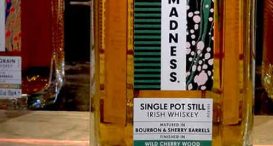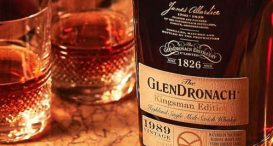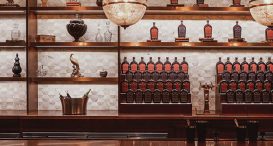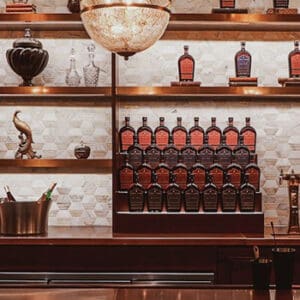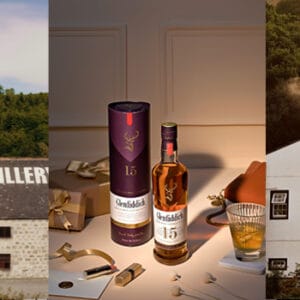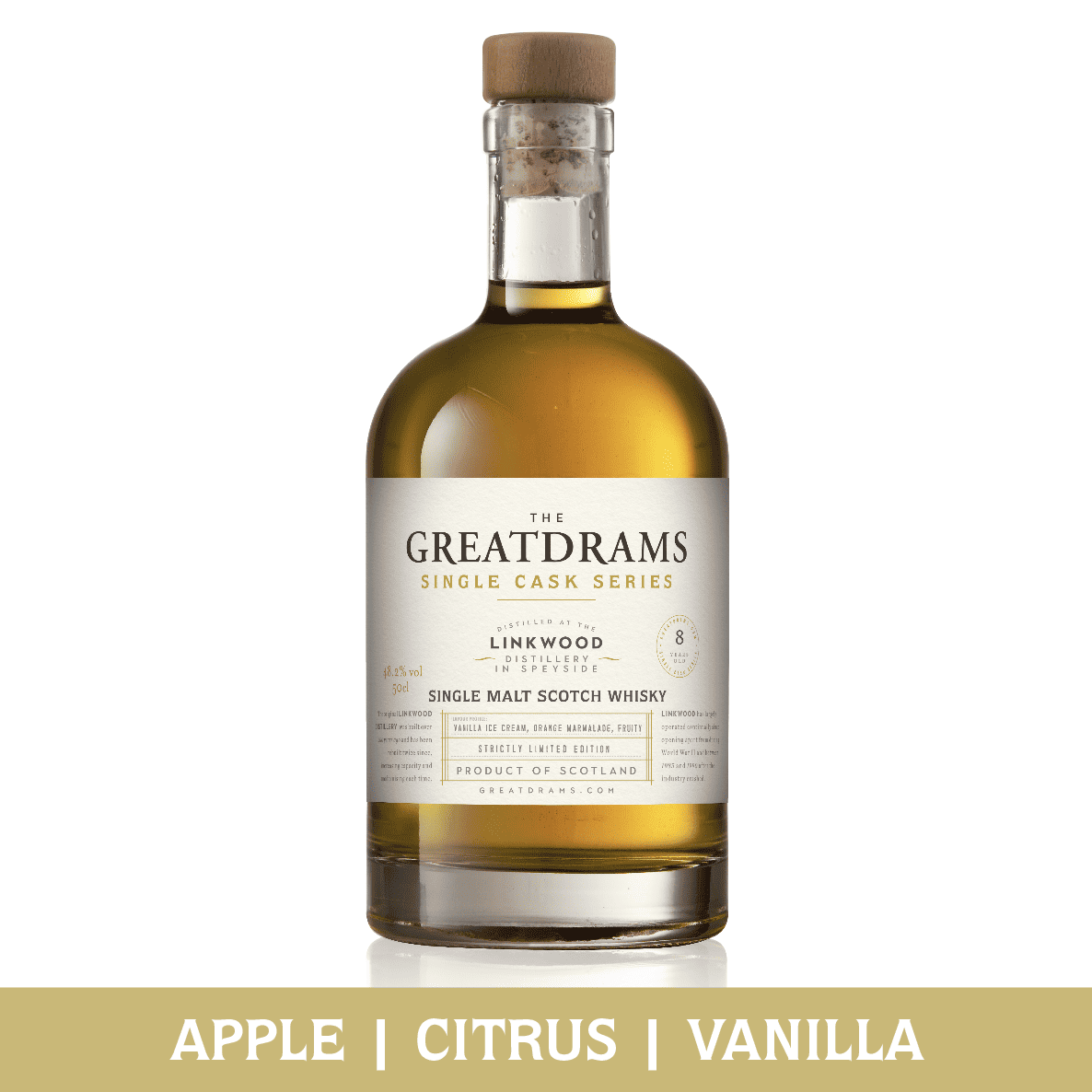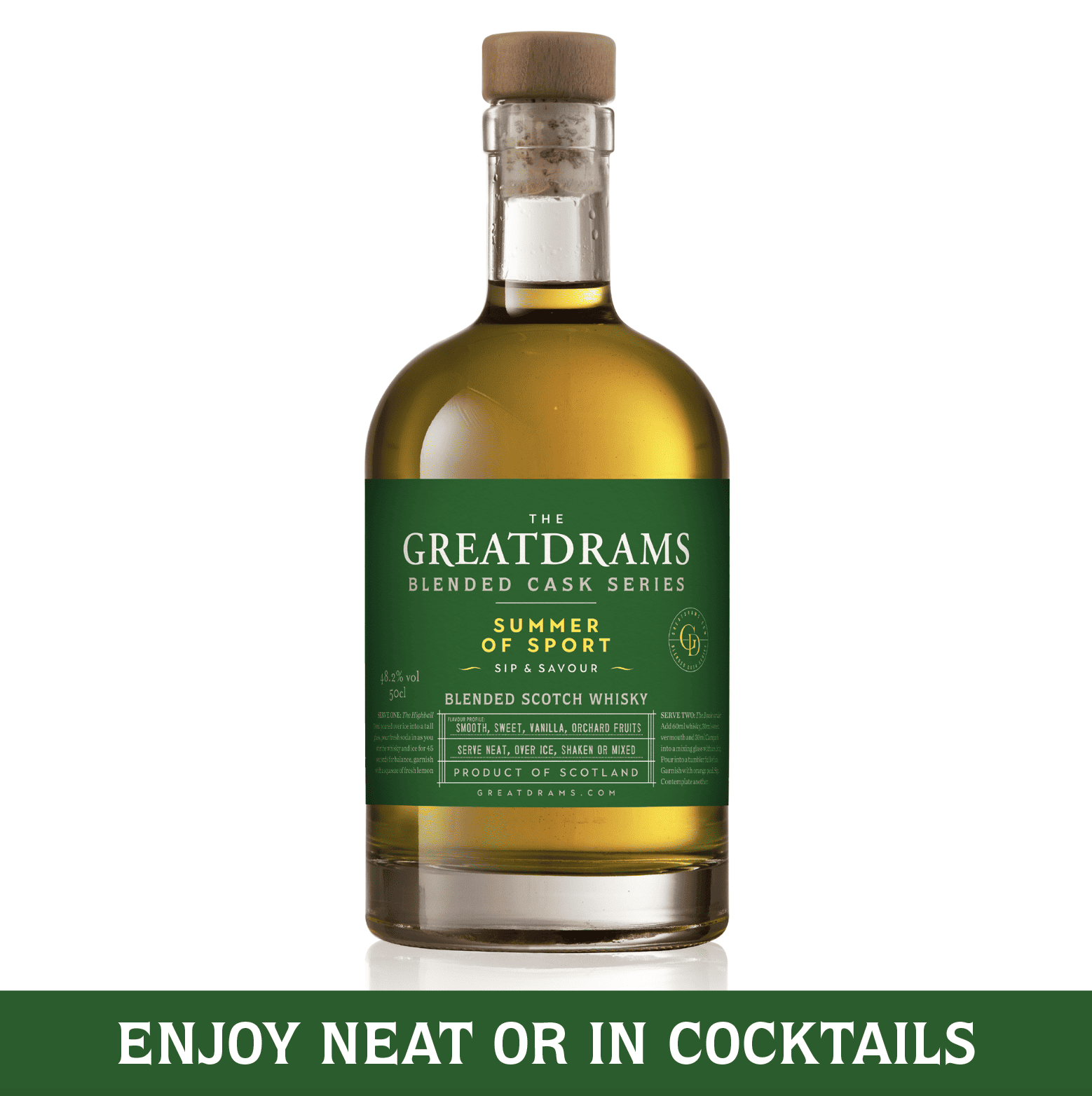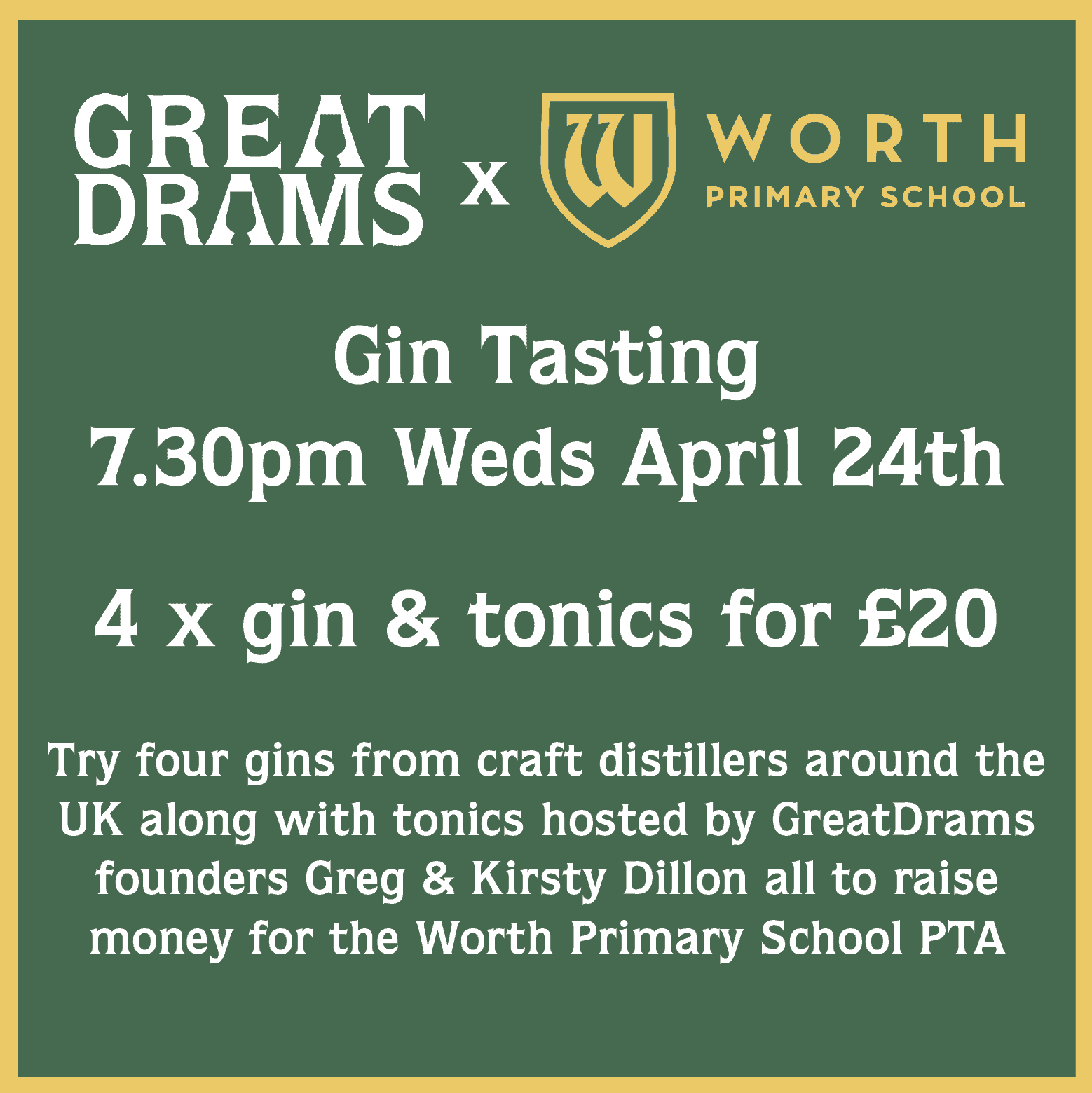A Q&A with the Glencairn glass founders
We all use them, we all pr0bably have one or few around the house, kitchen, office, bedroom, but do you know anything about your Glencairn glass? GreatDrams has asked the founders a few questions for you, here’s what they had to say…
Can you explain what started you out on your quest to create the perfect whisky glass all those years ago?
Paul: It began in the late 1960’s and 1970’s – my father, Raymond, was very frustrated at being served a dram in a tumbler, a shot glass (filled to the rim) or a Paris goblet. He established Glencairn in 1980 and a few years later with the right tools at his disposal, he decided that he would design a glass that fitted his own and fellow whisky drinkers needs. He designed and produced one hand made sample of a glass that was very similar to the Glencairn glass that is known today.
What was the journey to creation, I’ve been told it took around six years to develop – is this true?
Scott: From mid-1980s, fast forward to 1999 and a long overdue clear out in the showroom which involved the removal of hundreds of old samples. One particular glass was removed by Paul that he found really interesting, so he kept it aside in his office. It was spotted two weeks later by Raymond and the glass’s story was retold.
Paul had a meeting that afternoon with Richard Paterson of Whyte and Mackay and slipped the glass into his pocket as he left. Richard was immediately enthusiastic about the shape and functionality of this unique glass, but felt that it needed to be refined. The next step had to be about enlisting the right expertise to ensure that we got it right if we were going to design and create a globally, recognisable glass for whisky. A year was spent on the development of the shape and size with samples being produced and rejected until the current shape was settled on at the end of 2000. The glass entered its first production in 2001 and the journey really began.
How did you get the glass to a point where it is now the ubiquitous whisky glass the world over, and how does that feel?
Paul: A lot of hard work!! We recall trying to explain our vision to a variety of people in the industry in the early days, many understood it instantly, however a lot of people dismissed it out of hand. As a family we believed in what we were trying to achieve, although the commercials had to run in tandem with the artistic vision. The early whisky festivals helped to give us exposure, with enthusiasts in attendance who bought into the glass immediately. The whisky companies who weren’t already on board quickly saw that the glass was a tool in the appreciation of their own spirits, which helps in the education process, thus helping them introduce their individual brands to the consumer more intensely.
To know that we have played an essential part in this education and to have created something that will be around for ever makes all four of us extremely proud from an artistic point of view. The commercials that come on the back of it do nothing more than secure the futures of all of the fantastic staff who have grown with us on the journey.
Scott: We didn’t know what we were really dealing with, we didn’t know what the popularity would be and we only developed it to raise our profile within the whisky industry and show how much it meant to us. The biggest step we took was to ensure that as many whisky companies were involved with the concept from the start. We were really fortunate that everyone was so enthusiastic and supportive and so many found it to be just the product for them to promote with the explosion of malt whisky that was just starting. It didn’t happen overnight, and it really took several years to really take off (and a lot of stress!). It wasn’t until after 5 or 6 years did we began to really appreciate that we were helping the malt whisky industry so much.
Do you feel a threat from new glasses such as NEAT and Norlan looking to snatch your crown?
Paul: It’s pleasing to see others trying to emulate what we have achieved and good luck to them. We’re just happy that the education process continues and the consumer will in the end decide what works best for them.
You guys create some frankly stunning packaging too, what are your top five bottles / packs you’ve worked on and why?
Our top five would be as follows:
- Whisky – Gordon & MacPhail Generations decanter 70 years old – one of the first and the oldest whisky release – outstanding concept with the decanter and concept created all in house and technically challenging in a market that we didn’t know was going to be as big as it turned out
- Whisky – Whyte & Mackay SIRIUS – we have done many decanters over our lifetime, but this was one of the first market breakthrough points for the whisky industry, where Dalmore looked for 12 bottles for a rare 58 YO release that they would sell for £10,000 bottle. They asked us to find a radically shaped pyramid decanter to launch it in, very quickly and individually engrave them and fit a solid silver stag to the decanter. Nobody had done this before – it started a massive push for Dalmore to raise its profile in the industry. Followed at a breakneck speed with Candela and Selene released.
- Bourbon – The worlds oldest Bourbon release for Old Rip Van Winkle. From a very good friendship with the Van Winkle family we developed an amazing pack, all in house including the box concept. It was an individually numbered, by hand, 1200 packs with a decanter and two glasses. I recently asked how popular it had been – it sold out in a few weeks!
- Rum – The oldest rum decanter for Appleton estates. Fully developed decanter and developed our in house 3d modelling process. It ensured that the final design stayed true as possible to the concept and shorted the product development cycle to meet the 50th anniversary of the independence of Jamaica
- Corporate Pack – Developing all of the crystalware for the Ryder cup in Gleneagles in 2015. It was great to partner with the event and create a full range of giftware for the event, including custom packaging
What’s next for the Glencairn empire?
Taking the next steps in our journey to getting a Glencairn glass into every pub and ensuring that our unique product is in the hand of every whisky consumer around the world.
We are always trying to build on our business and gain recognition for our passion for the drinks industry! Something that we hope comes across in everything that we do for our clients, suppliers and colleagues alike and the upcoming www.whiskyglass.com launch.
Finally, what are your top three GreatDrams?
Raymond: If I have to pick three preferred whiskies I should answer as follows:
This honestly is not a cop-out.
There is such a huge choice of fabulous noses and flavours that it depends on my mood, my location, the weather, the company, what I’m up to.
For example, any time I reflect on my old pal Jim Drysdale, who passed away a few years ago, I’ll have a 16 years old Lagavulin, as it was his constant tipple. Jim was the head of Glencairn’s art department for 30 years and was crucial to our success. He also had a great sense of humour, so his memory is accentuated by the whisky.
Thanks to the generosity of friends in the whisky industry, I have been introduced to many aged blends. These products are hard to find in pubs, as, sadly, there remains a perception that blends are inferior to single malts.
I am also easily influenced when someone says “try this, I think you’ll like it”. They are invariably correct!



